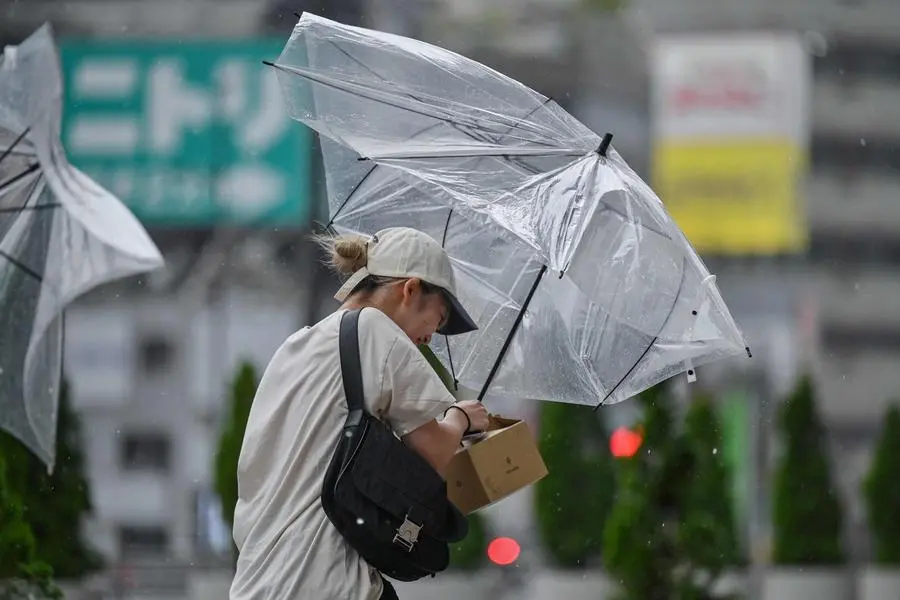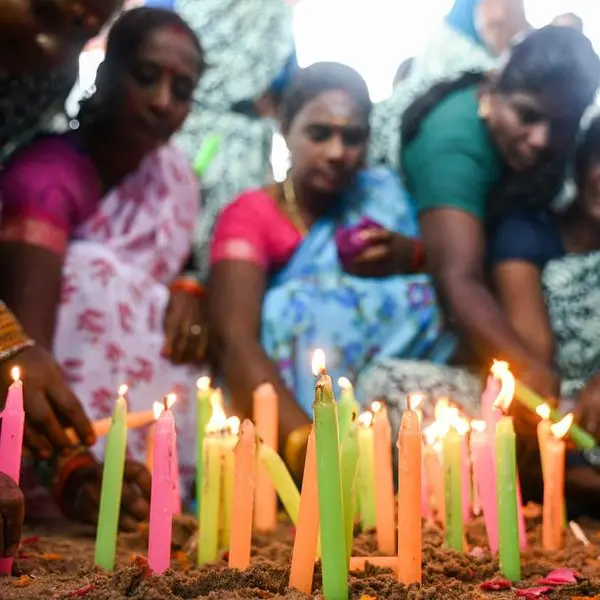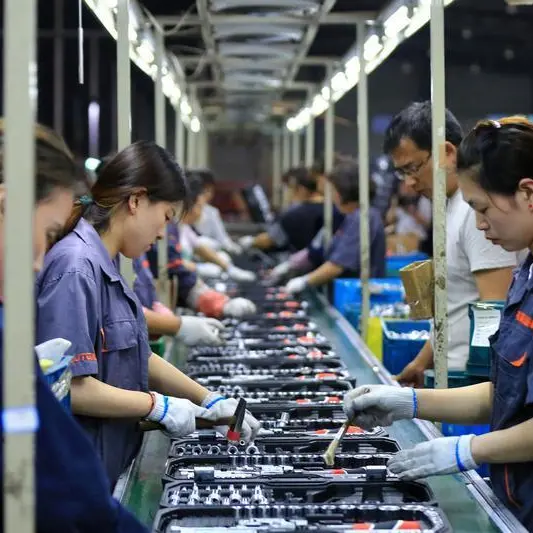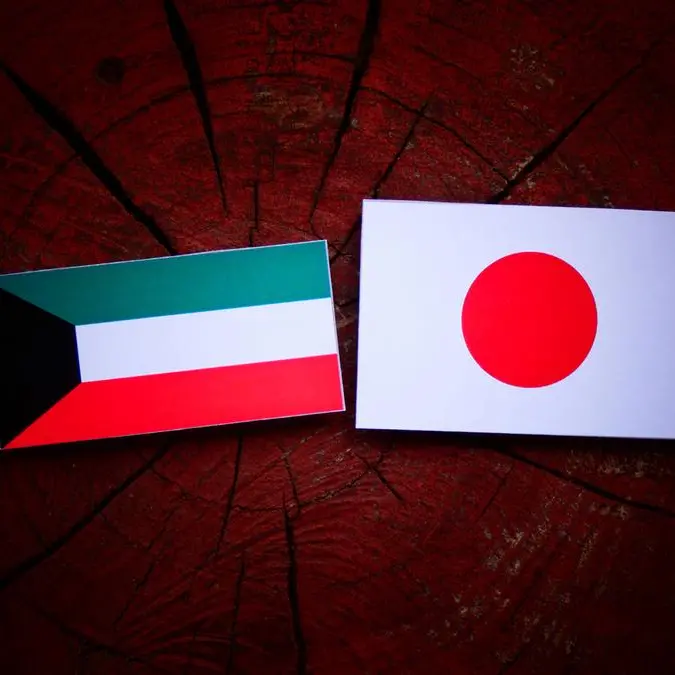PHOTO
A "very strong" typhoon buffeted Japan's Pacific coast with fierce winds and heavy rain on Friday, forcing the cancellation of hundreds of flights and trains in the Tokyo area and leaving over 2,000 homes without power.
Located about 170 kilometres (105 miles) south of Tokyo, Typhoon Ampil was packing gusts of up to 216 kilometres per hour as it headed northeast, the Japan Meteorological Agency said.
The eye of the typhoon was not expected to make landfall, instead barrelling northeastward up the Honshu coast and skirting the Tokyo region, home to around 40 million people, before heading back into the Pacific from Saturday.
The JMA rated the weather system as "very strong", one notch below its highest category of "violent typhoon", with maximum wind speeds of 195 kilometres per hour.
The agency warned people to be "on high alert for violent storms, tidal waves, landslides, flooding in low-lying lands, and river floods".
Risk of heavy rains-linked disasters will increase through Friday night in the Kanto area surrounding Tokyo and through Saturday morning in the northern Tohoku region, it said in a statement.
The US military's Joint Typhoon Warning Center forecast maximum sustained wind speeds of 105 knots (195 kilometres per hour) by 3:00 am Saturday (1800 GMT Friday) off the coastal Chiba region east of the capital.
More than 18,000 people were advised to evacuate in Chiba prefecture east of Tokyo, the Fire and Disaster Management Agency said in a statement.
Some 2,000 households in Tokyo's neighbouring prefectures, mainly Chiba, were without power as of Friday afternoon due to the typhoon, according to the utility operator.
- Flights cancelled -
All Nippon Airways cancelled 335 domestic and international flights on Friday, with more planned for Saturday, affecting about 72,000 passengers.
Japan Airlines has so far scrapped 361 flights, hitting 57,000 customers.
Major parts of Japan's bullet train network were also set to close Friday -- including the busy section between Tokyo and Nagoya -- while Tokyo Disneyland's operator said the park would close from 3:00 pm.
The typhoon comes as Japan marks the "obon" holiday week when millions return to their hometowns, and days after Tropical Storm Maria dumped record rains in parts of the north.
"We will check our phones for any information on the internet and if the typhoon seems OK, then we'll go outside," said Isamu Teruya, 47, a visitor from Saga Prefecture who arrived in Tokyo on Thursday.
"If the rain is really bad, then we will stay inside our hotel and relax," Teruya told AFP.
Typhoons in the region have been forming closer to coastlines, intensifying more rapidly and lasting longer over land due to climate change, according to a study released last month.
Researchers from universities in Singapore and the United States analysed more than 64,000 modelled historic and future storms from the 19th century through the end of the 21st century to come up with the findings.























